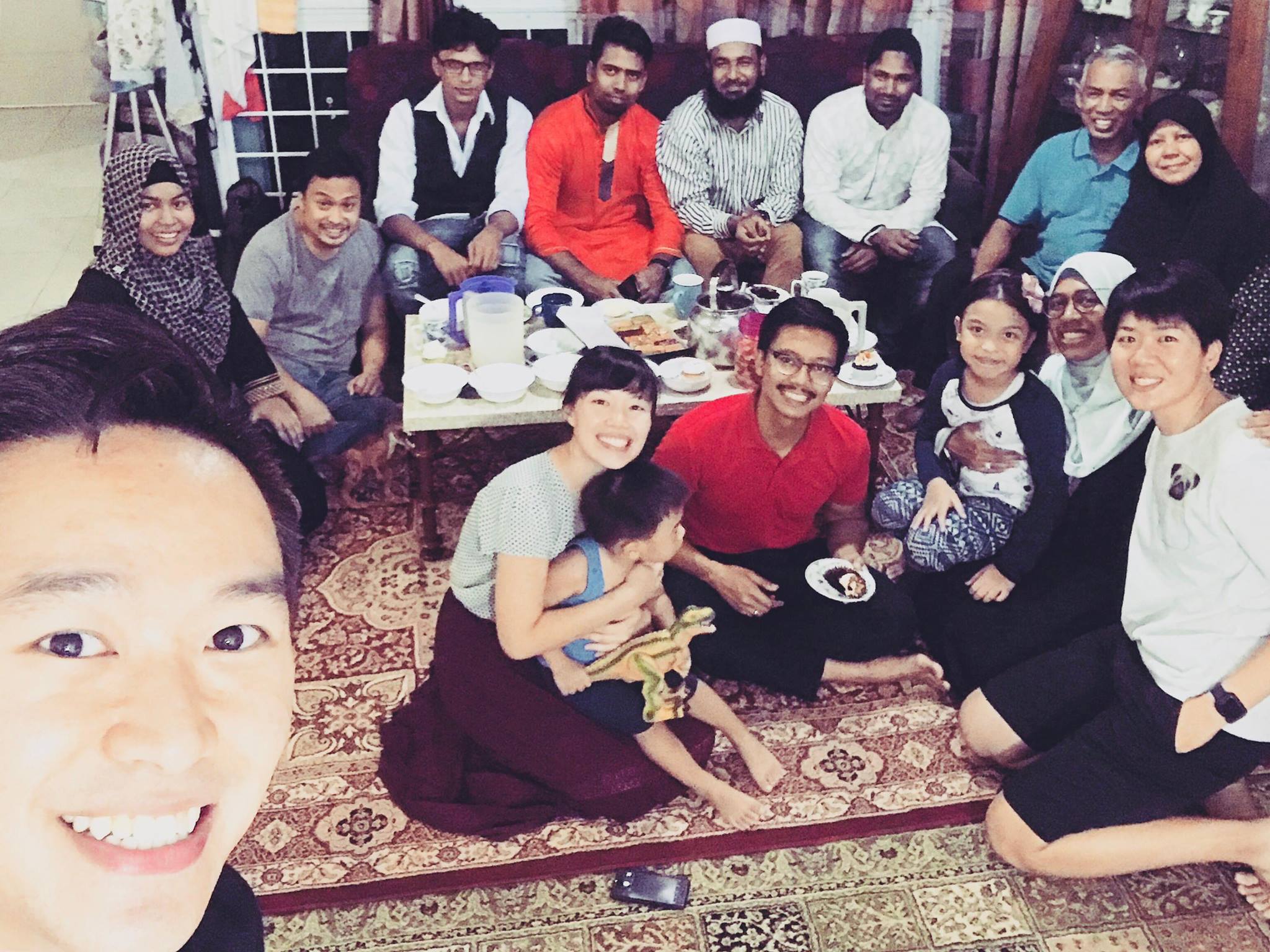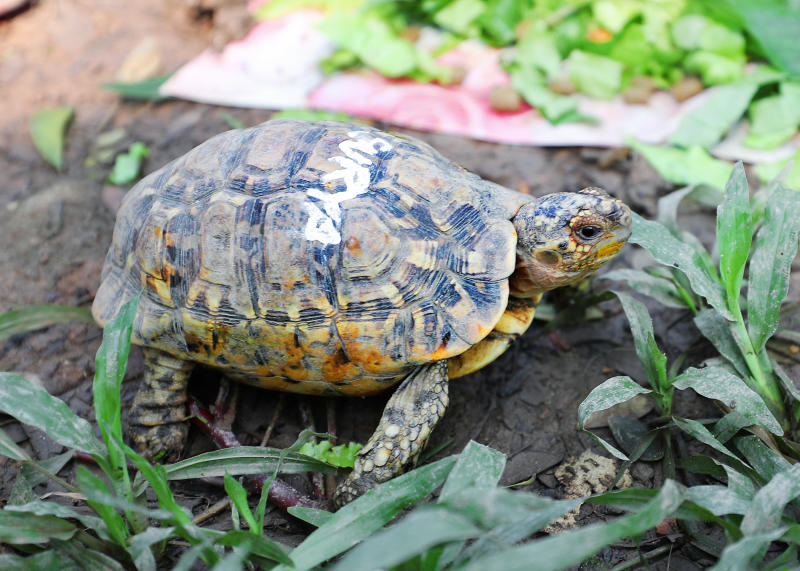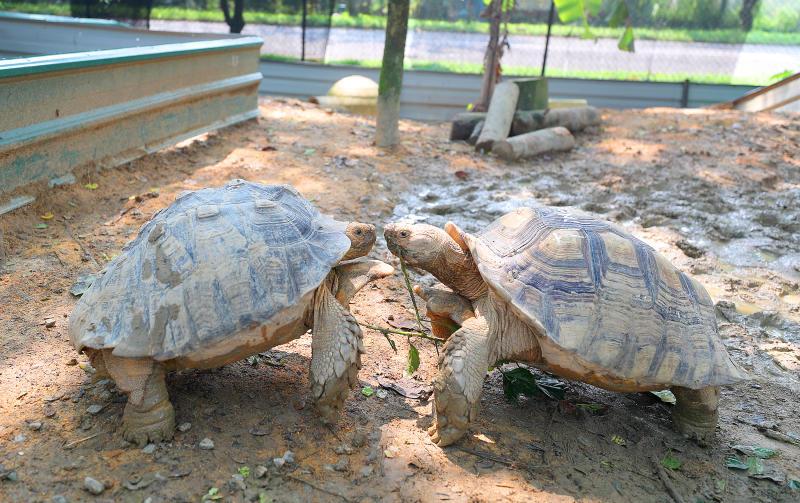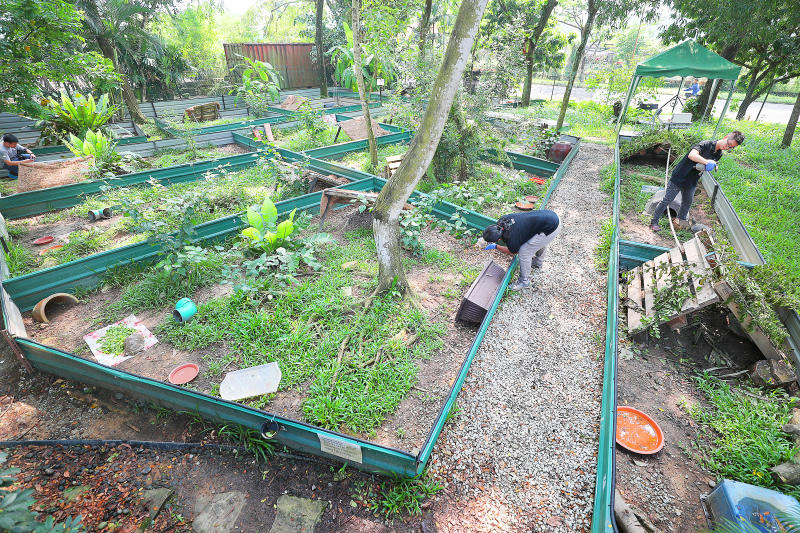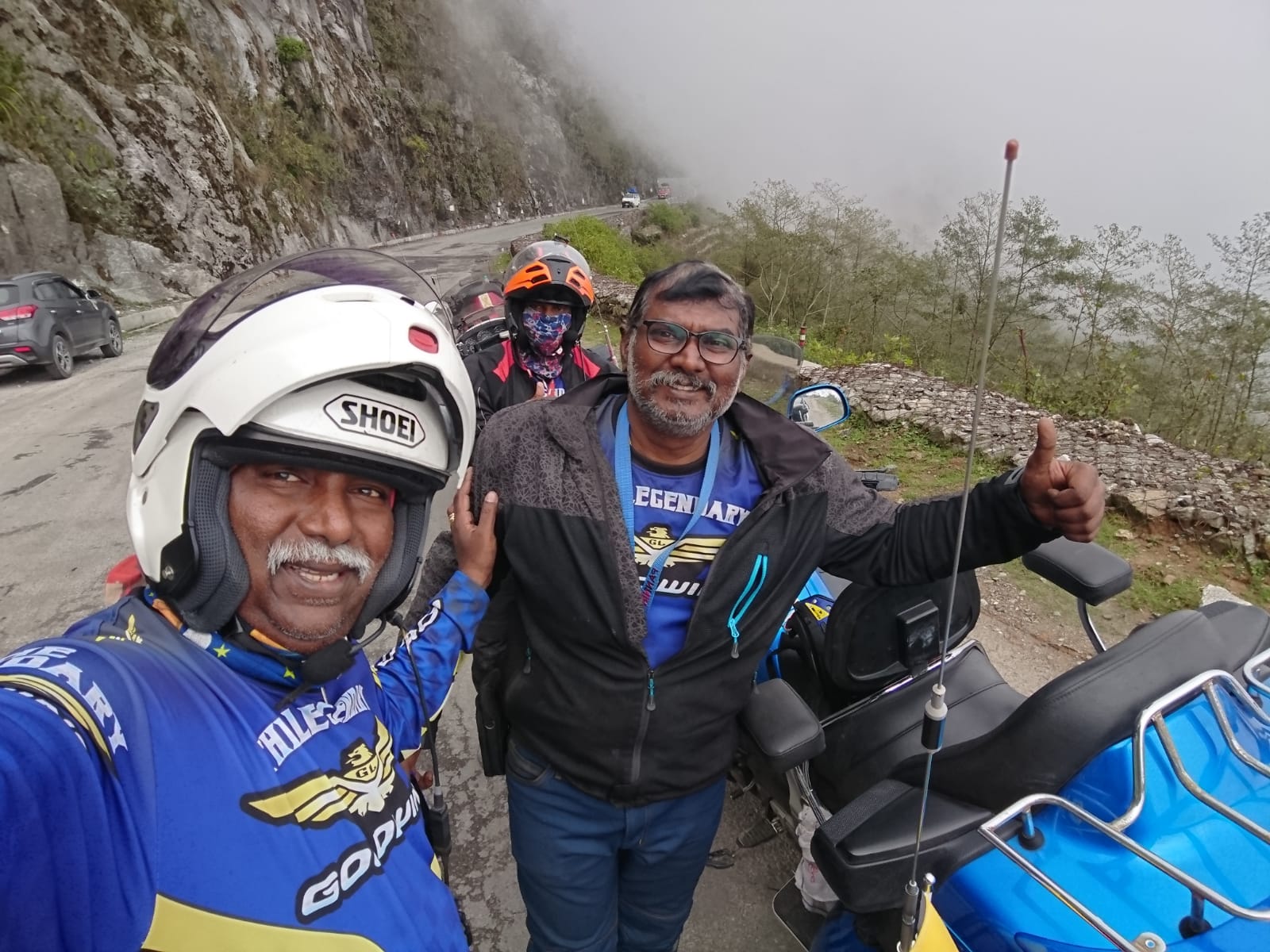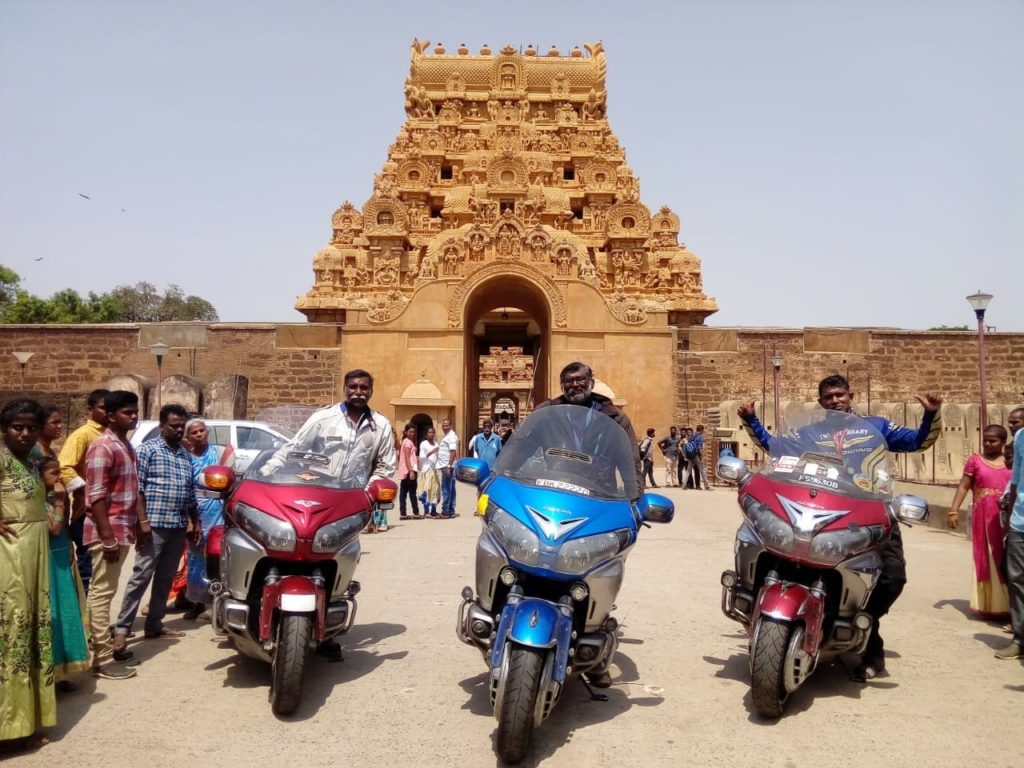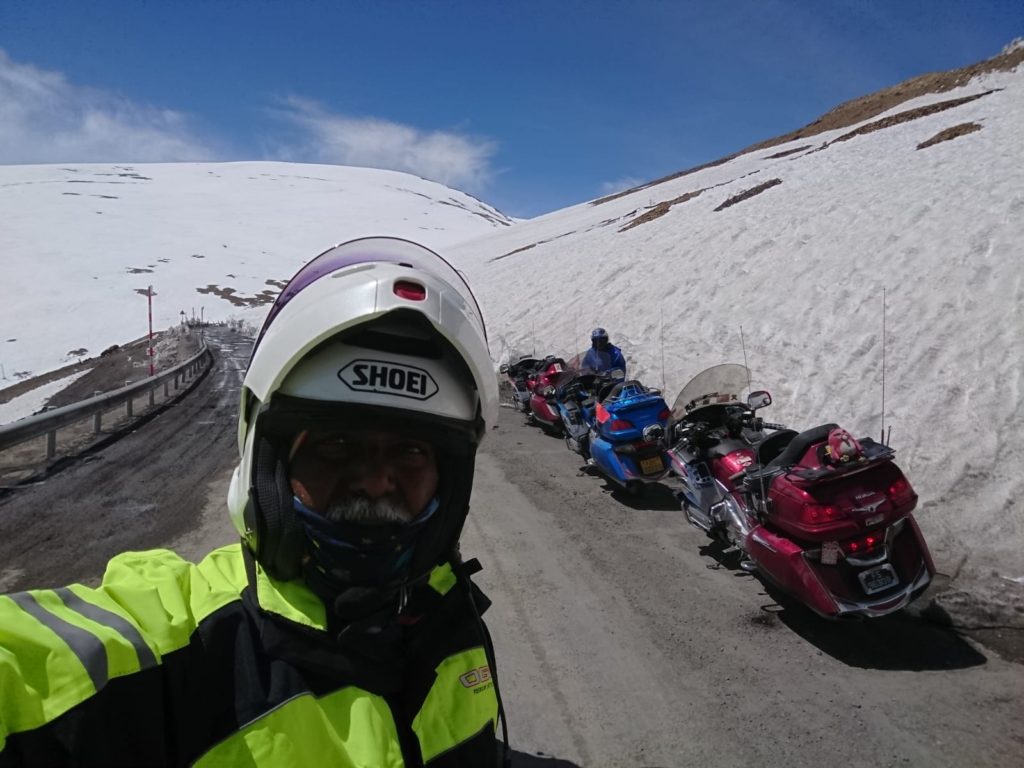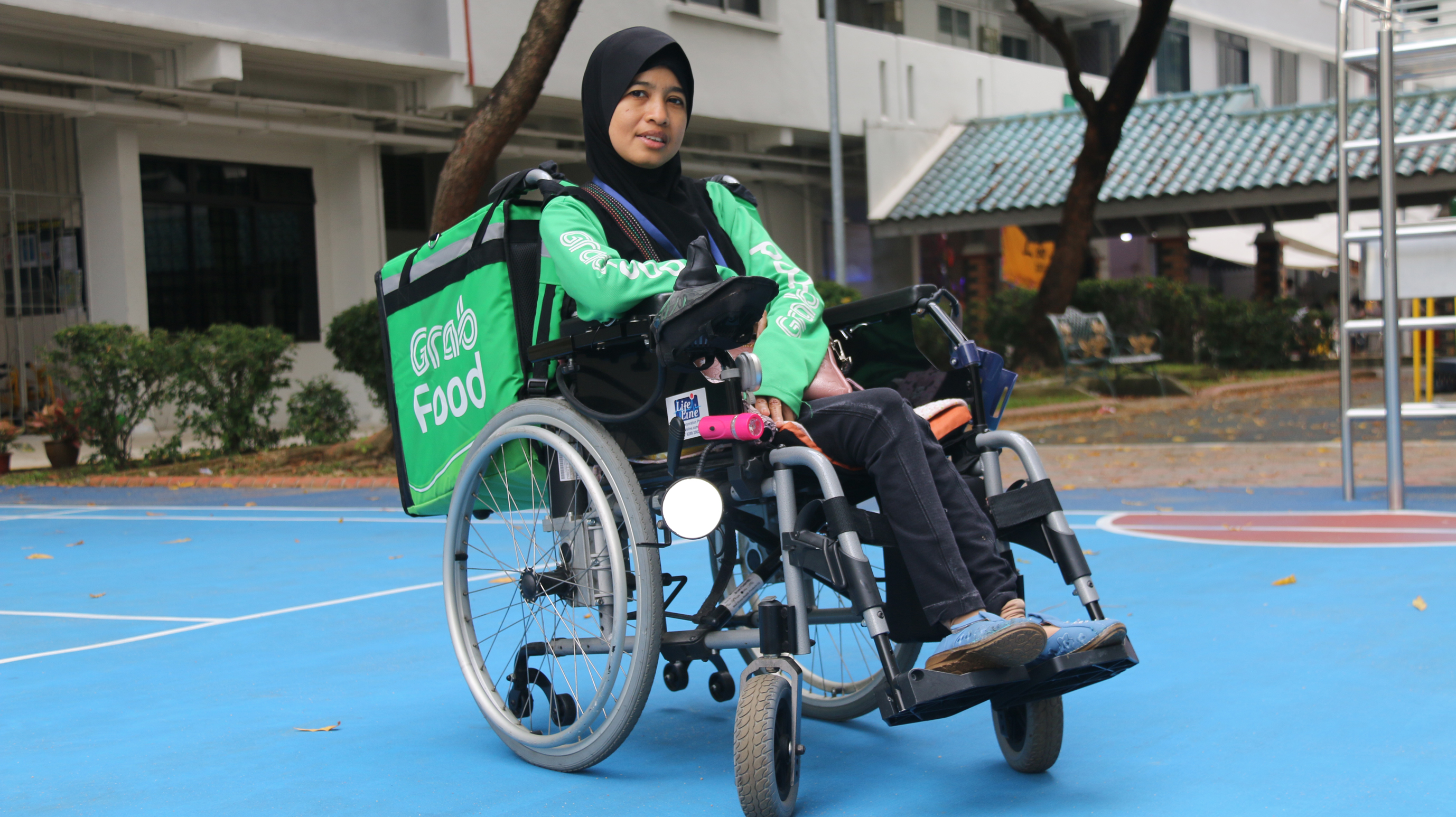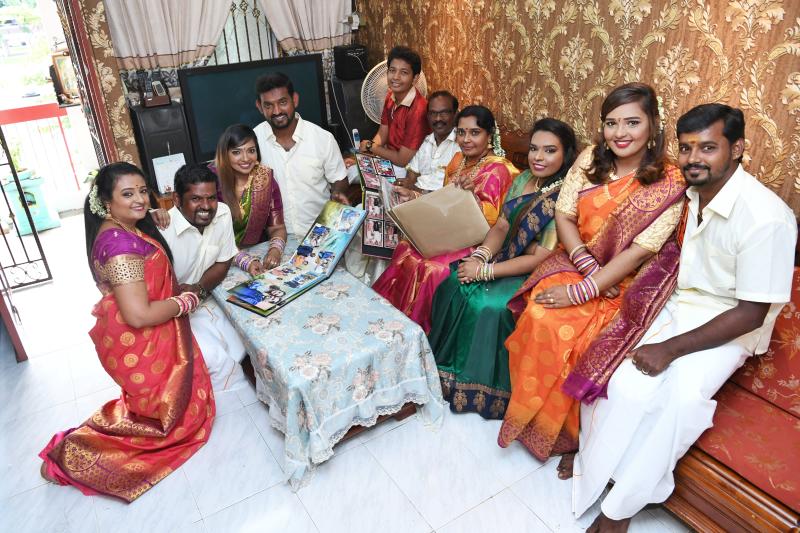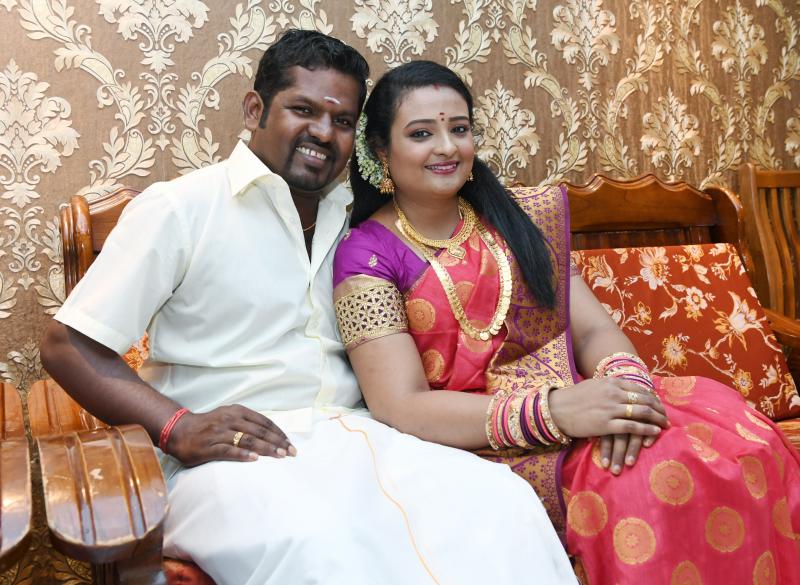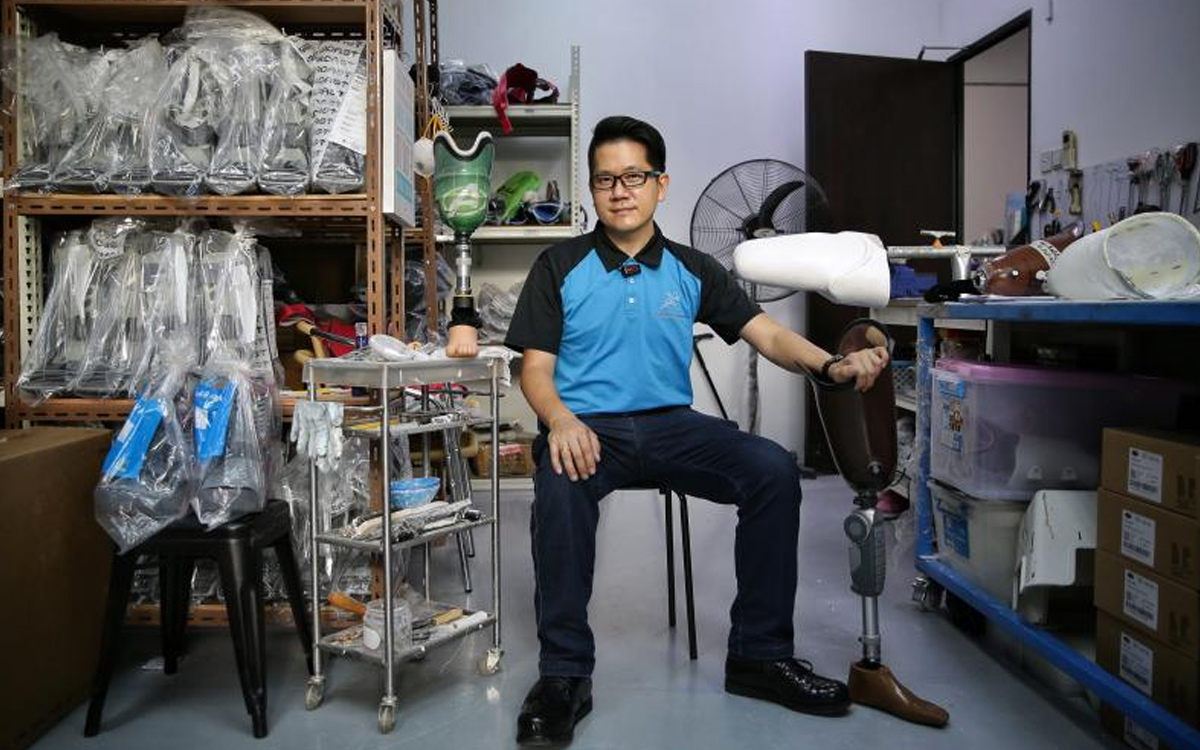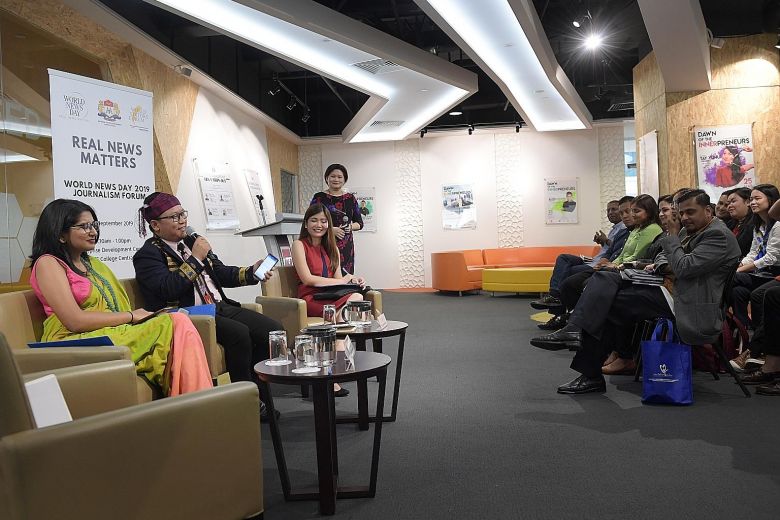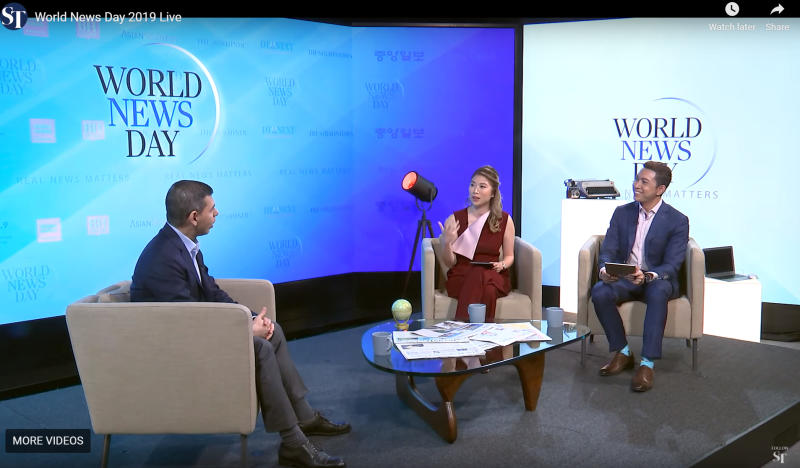There are almost a million unskilled and semi-skilled foreign workers in Singapore, and those from Bangladesh form a large percentage of the group. They build our homes, clean our streets and take up essential roles in our plants and factories.
Yet, other than occupying the same crowded MRT trains on Sundays or shopping in Little India, Singaporeans hardly cross paths with migrant workers who mostly live on worksites and dormitories away from residential estates.
The lack of interaction does little to help counter stereotypes of the community which tend to make the news only when laws have been broken.
But how much do we actually know about the lives and struggles of these foreign workers?
AN INSIGHT INTO MIGRANT WORKERS’ LIVES
When property developer Lendlease approached CNA Insider in April 2018 for a collaboration to highlight the lives of foreign workers during Ramadan – a time for family and reflection – the team saw an opportunity to challenge public perceptions that are often biased due to a lack of insight.
A group of four men aged between 26 and 33 was introduced to CNA Insider. They came from different parts of Bangladesh but shared a similar narrative – working in Singapore was their ticket out of a tough life back home.
At first shy and reticent, and self-conscious of their poor grasp of English, they were not the easiest subjects to work with. It took CNA Insider journalists several rounds of chat over home-cooked meals at their Mandai dormitory to get them to drop their guard and open up.
One of them clearly stood out.
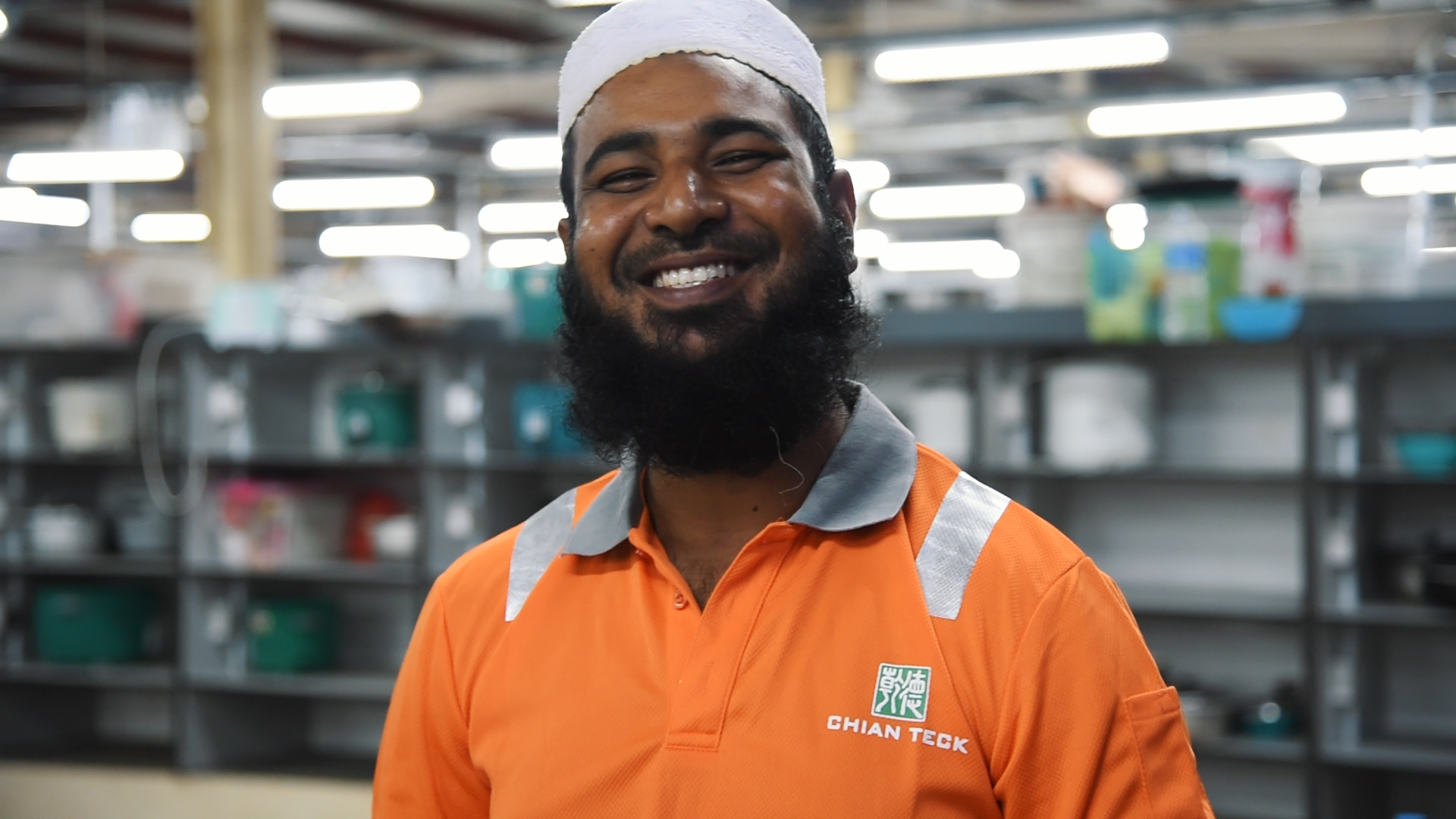
Kadir Mohammad Abdul, 33, wore the taqiyah and kept a large beard. His appearance may intimidate strangers, but after getting to know him, the CNA Insider journalists were won over by his infectious smile and optimistic outlook in life.
They were also drawn to his story of perseverance. Starting out as a general worker who was berated daily by his supervisor, he climbed his way up the ladder to become a construction safety supervisor highly valued by his employer.
The first part of the Ramadan Diaries series offered a glimpse into the daily lives of Kadir and his colleagues during Ramadan – the hardships, sacrifices and the support that they received at work.
The accompanying video story received almost a million combined views on CNA Insider’s Facebook and YouTube pages, and prompted comments like this:
“Heartbreaking. Thank you CNA Insider for opening our eyes to the lives of unsung heroes who build the very homes that Singaporeans live in,” wrote Facebook user Grace Sun.
To maximise the series’ social impact, part 2 focused on what Singaporeans could do to reach out to migrant workers.
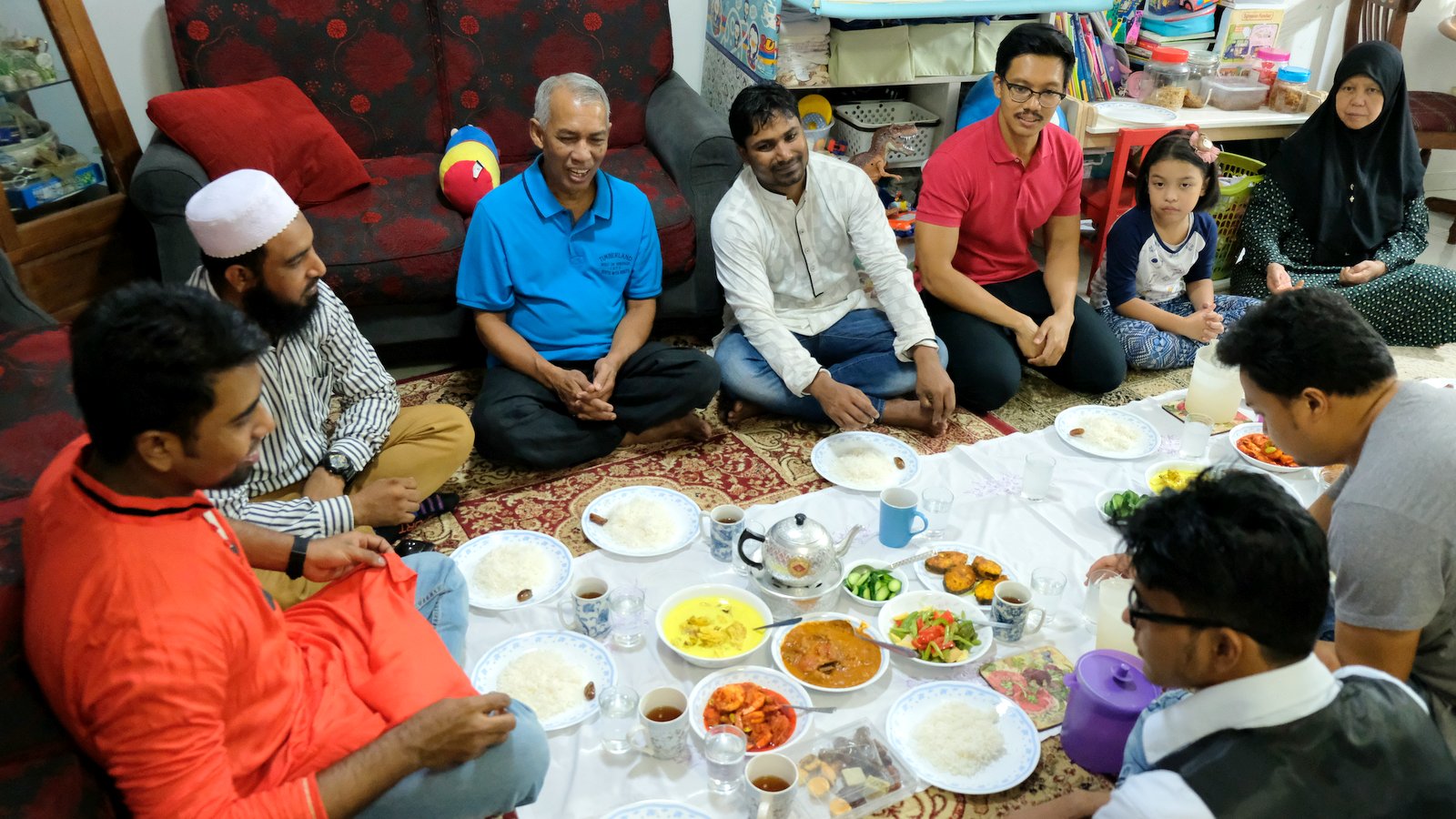
It featured a husband and wife pair, Fadzullah Hassan and Siti Zawiyah, who invited Kadir and friends – who had never been in a Housing & Development Board flat – to their home.
“We’ve been breaking fast at the mosque with them (foreign workers), and we’ve always wanted them at our house but we just don’t know how to approach them,” she said.
Being invited to dinner with the family was a “heart pain” experience for Kadir who, having spent six consecutive Ramadans away from his wife and three children, broke down crying.
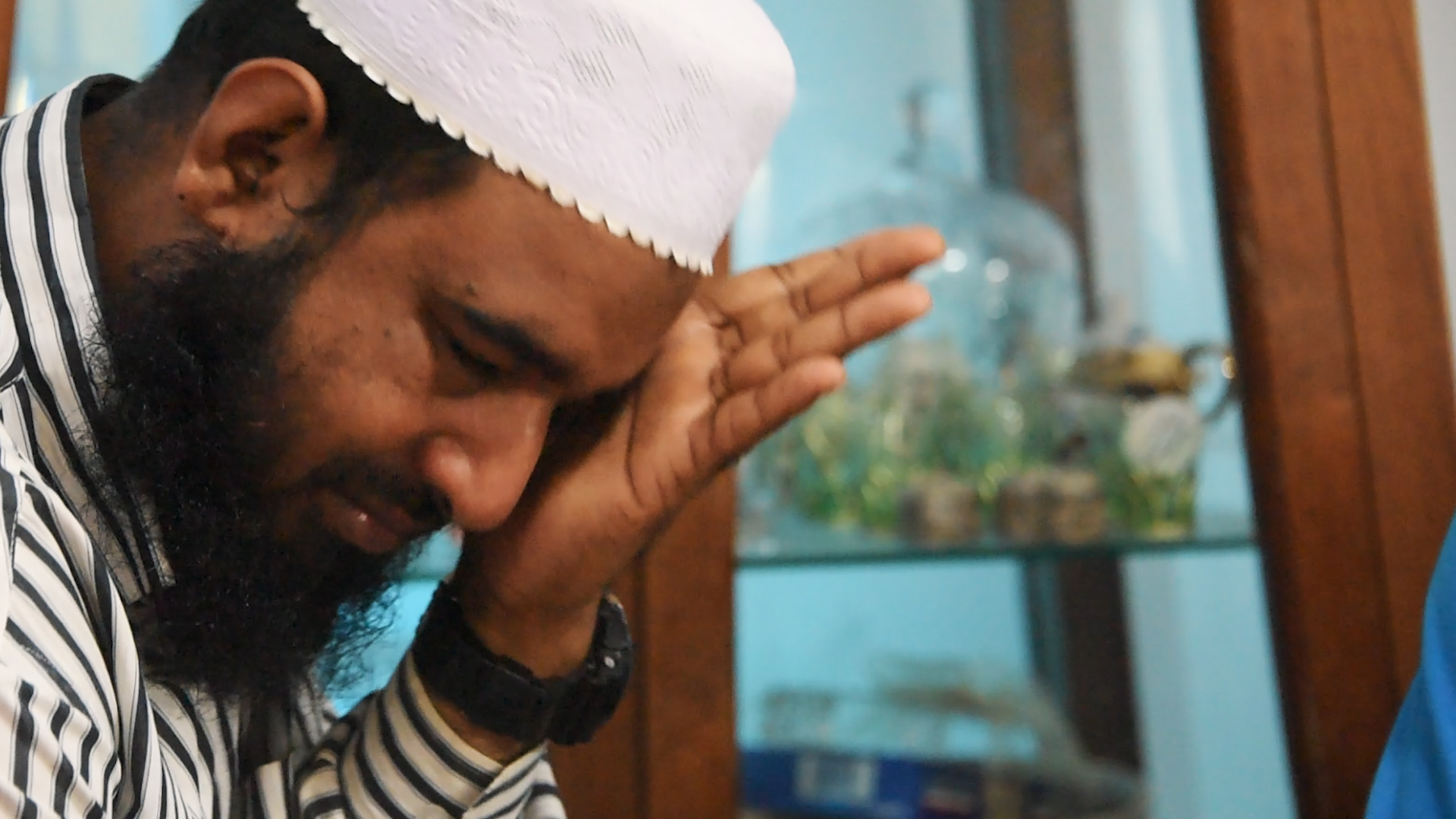
Source: Ruth Smalley
He later said: “My family is just the same. We would break fast like this. I am very happy.”
REAL WORLD IMPACT
The Ramadan series on Kadir and his co-workers touched the hearts of many viewers and readers, as seen from comments they left on CNA Insider’s social media pages.
To keep up the momentum, CNA Insider posed a simple question on Facebook: Would you invite migrant workers to your home for dinner?
An avalanche of responses followed. More than 50 families – both Muslims and non-Muslims – contacted the team to express interest in hosting foreign workers at their homes.
With facilitation by CNA Insider, eight families opened up their homes to migrant workers over two weekends.
The experience turned out to be more than hosts or guests had imagined – and the start of friendships for some. One family prepared a special Bengali delicacy for their Bangladeshi migrant worker guests. Another, not content with just a home-cooked meal, gave their guests Hari Raya gifts and food to take back to their dormitory.
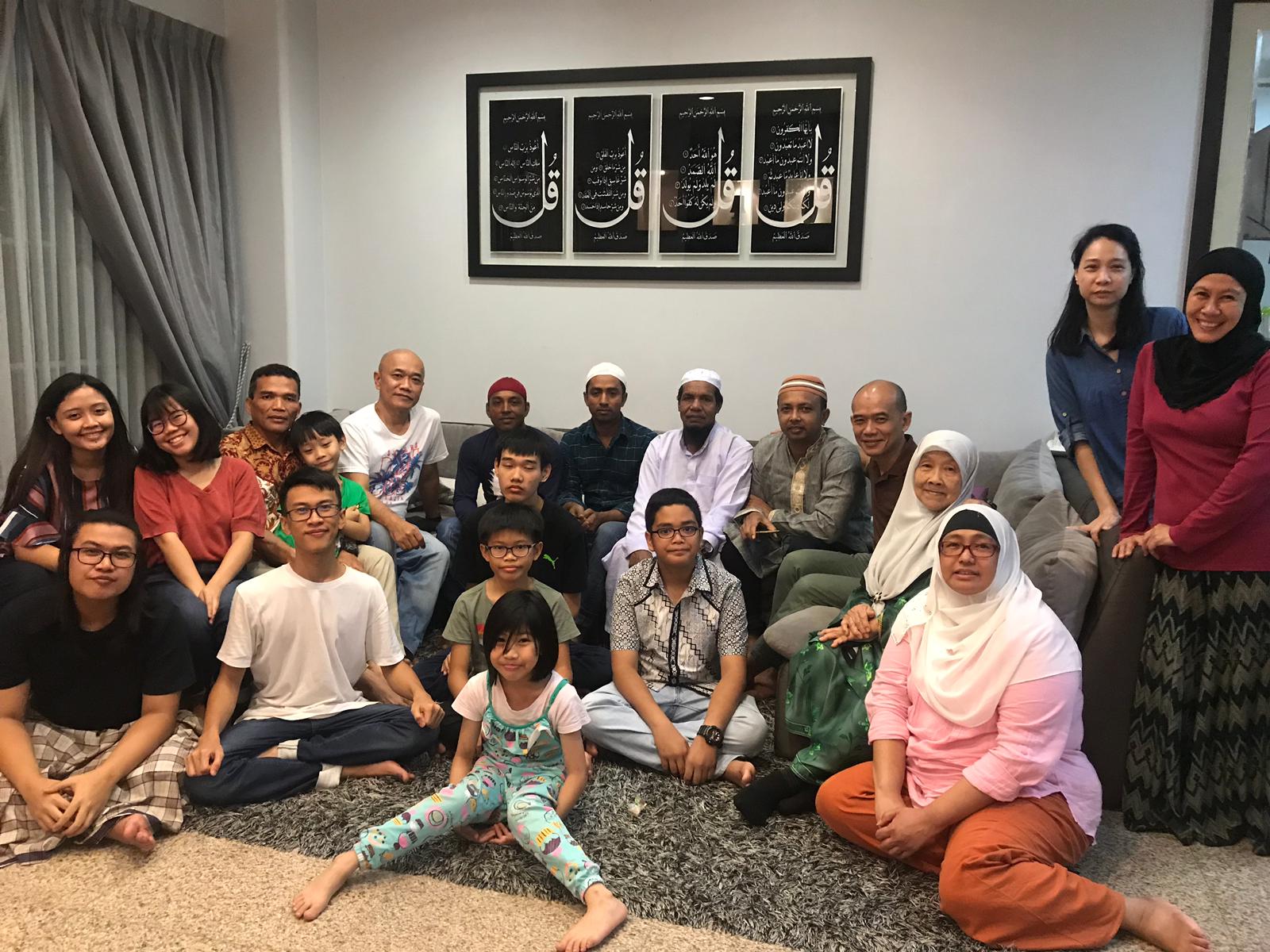
“I come this house, I feel like it’s my house,” said migrant worker Shariful Islam who was hosted by Fatimah Sawifi, a teacher, and her husband Mohammad Hamim.
Fatimah said: “It was so very enlightening, we were wondering what held us back (from talking to them) in the past.”
Nicholas Yeo, who is not Muslim, got a Muslim friend to whip up a home-cooked spread.
“We were able to relate with one another over many common experiences, despite being so seemingly different,” he said, adding that he would consider inviting the migrant workers over on other festive occasions.
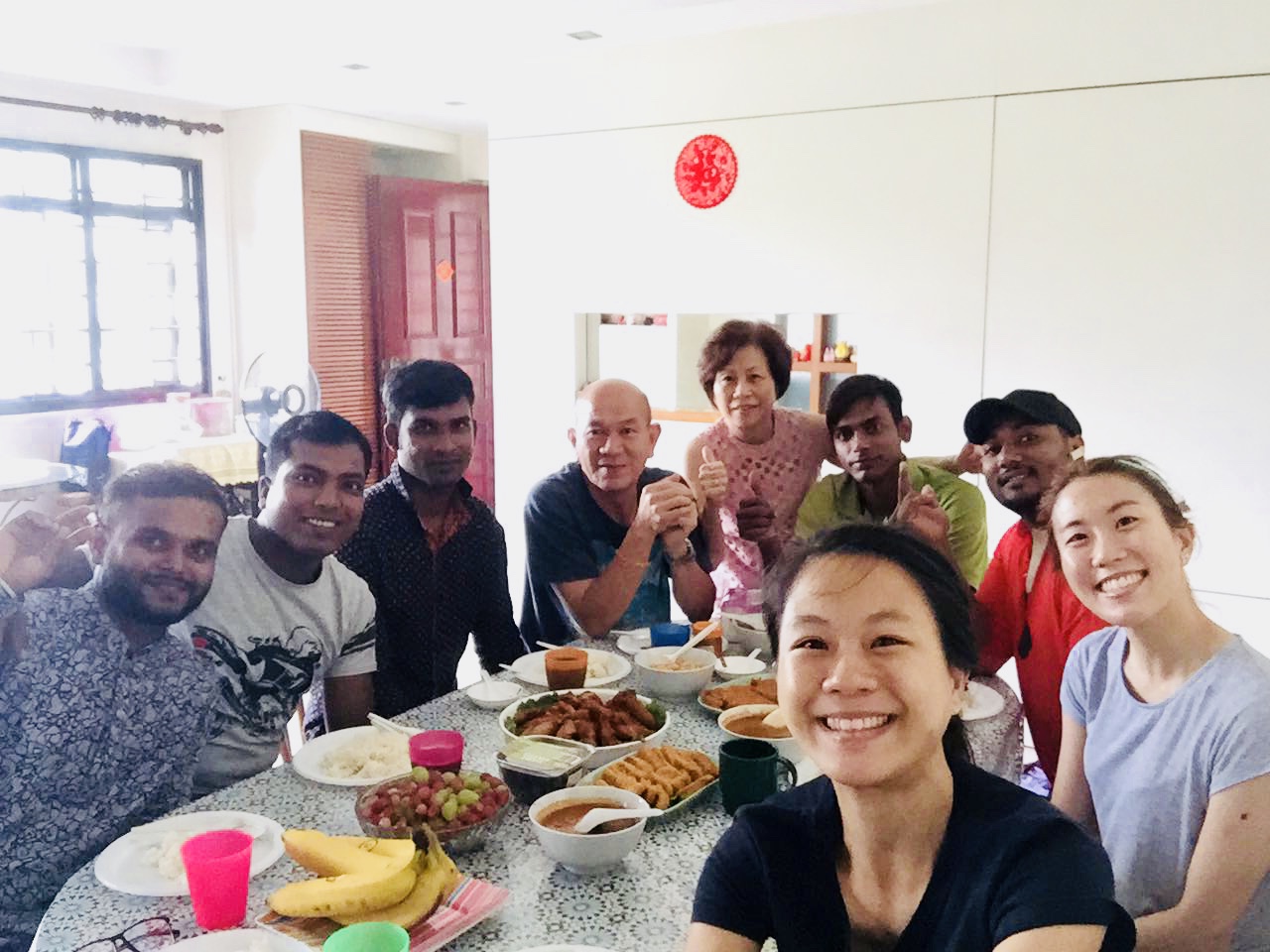
Another host, Marlene Chua, said “it is like having friends over”. “Migrant workers make up a huge part of our society and life, and yet we know so little about them,” she added.
The difficulty, Hamim said, is: “I think Singaporeans are very open, but we don’t know how to go about reaching out.”
But some viewers pointed out on CNA Insider’s Facebook page that one could easily do what one can, such as Noraini Khodri-Siebley who wrote that during Ramadan, she cooked an extra portion every weekend “for the Bangladeshi boy who cleans my block. He’s just like my son. Maybe he’s not comfortable sitting with my family … at least he would take his iftar which we prepared.”
The stories resonated for a long time, with readers sending questions and compliments for many months after publication.
“The response to this series highlighted how good journalism has the power to challenge stereotypes and be a positive force,” said Yvonne Lim, Supervising Editor of CNA Insider.
This story by Ruth Smalley and Ray Yeh was originally published by CNA on Aug 22. To read more click here.

